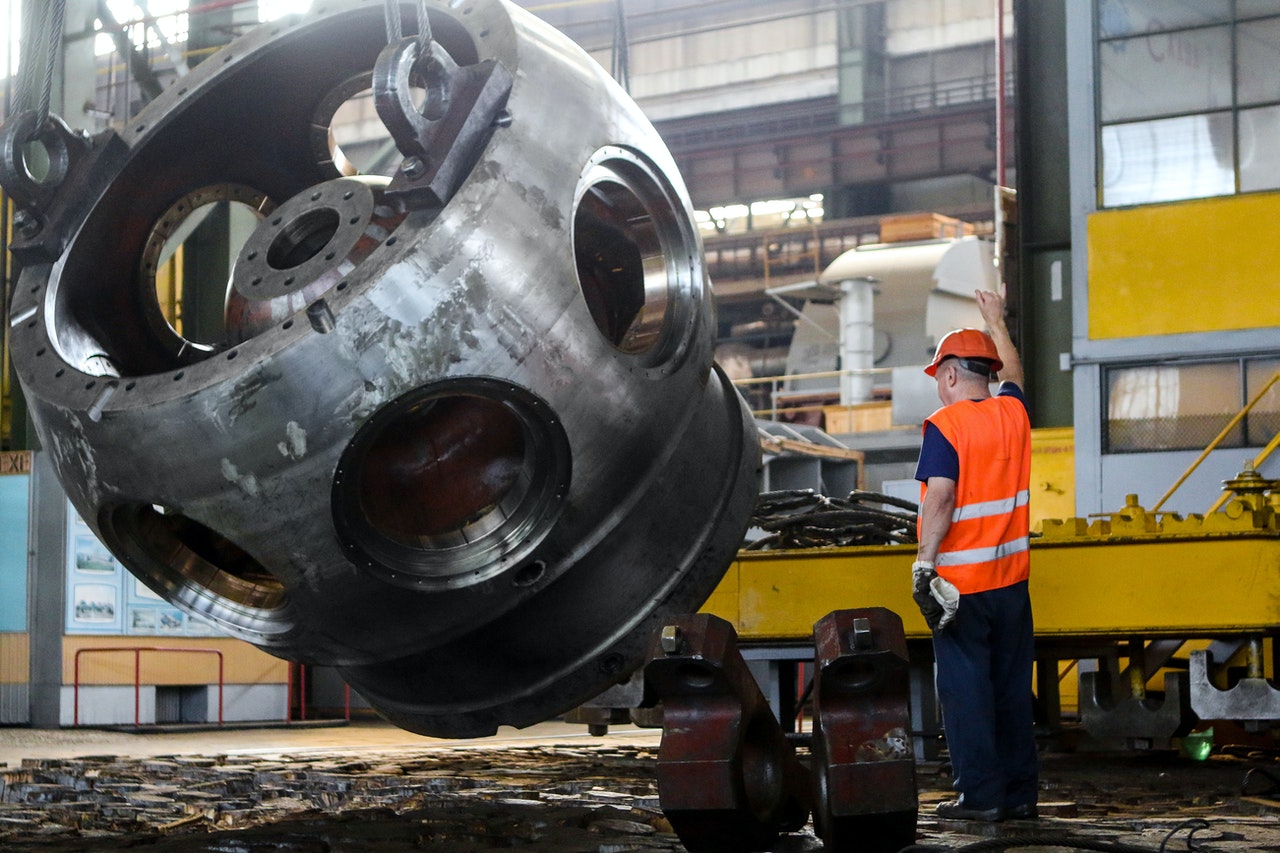Over the years robotics has evolved into a multi-million dollar industry and is playing an increasingly important role in manufacturing. It is not only being used in production lines or to complete specific tasks but it is also being used in all aspects of manufacturing. It can either be used on its own or can be integrated with other robots to give factories, for example, a textile factory, greater speed, efficiency and accuracy. In this article, we will see how robotics in factories can help improve productivity and increase profitability.
Robotic arms
Robotic arms are generally used in industrial robot welding; they enable machines to work more accurately by welding together two or more pieces of a given material. A welding robot arm can sense where the potential joint areas are and pierce the weld effortlessly without consuming too much manual labour. These types of robots arm can usually work in three dimensions. In addition, they are very precise, which enables them to join extremely heavy and difficult weld parts.
Fully automated robots
One way to use robotics in factories is using fully automated robots. These robots are capable of doing all the manual labour that used to be performed by humans. They are made up of a single unit that is controlled from a distance and is armed and operated by computer vision systems or sensors.
Robotic technology is also being used in distribution centres as well as warehouses. Wherever you look at the robots, whether at a grocery store, a supermarket, a hardware store or a factory you will see that there are robots working hard. These powerful tools allow products to be stored in huge quantities and shipped to consumers in huge quantities. It is these types of distribution centres and warehouses where industrial robotics can really help boost efficiency.

Packaging and labelling
Another place where industrial robots are used regularly is at the packaging and labelling factories around the world. In these types of industries, you will notice that there is quite a lot of manual labour involved. This is because it is not possible for machines to handle the types of tasks required – things such as cutting, lifting and wrapping. Instead, what the robots do is oversee the process and ensure that the product is packaged in the most efficient way.
The automation of packaging and labelling has led to a huge reduction in the amount of manual labour employed. This has led to an increase in the productivity of the manufacturing workforce, something that all companies want to maximise. There are now about 1.6 million manufacturing robots being used around the world, including both small and large companies. Most of these robots are designed to work alongside human workers and are therefore able to work alongside them in production.
While some manufacturing firms prefer to use automation on a short term basis, such as while creating a particular style or model of a product, many other firms use robotic technology as an integrated part of their manufacturing process. The reason for this is simple; it works. Human beings are not built to be at the mercy of a machine, after all. So, instead of relying on humans to perform a particular task, which could mean missing out on valuable production time – such as when packaging a particular product – automated systems can be used to help complete the tasks involved.
Finally
Automation has led to a huge reduction in the number of lost opportunities due to human error and negligence in the workplace. By automating various aspects of the manufacturing process, such as from when goods are picked and packed to when they are shipped off – factories can ensure that their workforce is freed up for other duties, increasing overall efficiency. And because these tasks can be programmed ahead of time, robots have been found to be particularly effective when undertaking complex tasks, which often confound even the most experienced human workforce. Combine all of this with the fact that industrial automation has actually improved the productivity of the workforce overall – meaning that businesses have more money to invest back into their businesses – and you can see why industrial automation is such a growing trend in the modern world.
